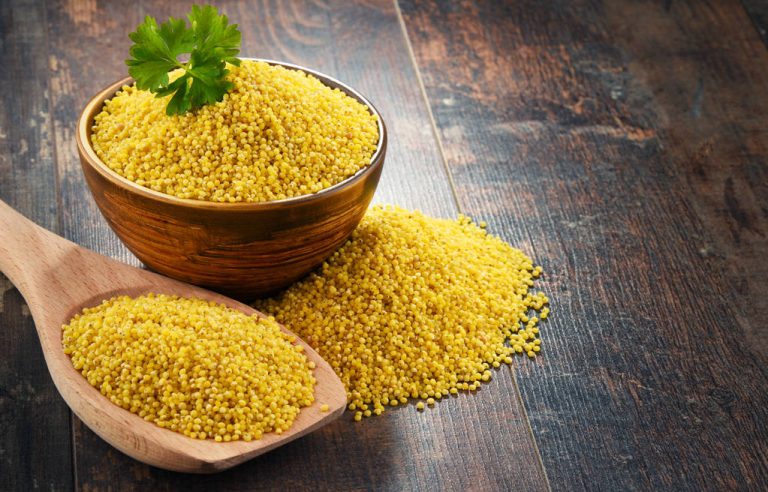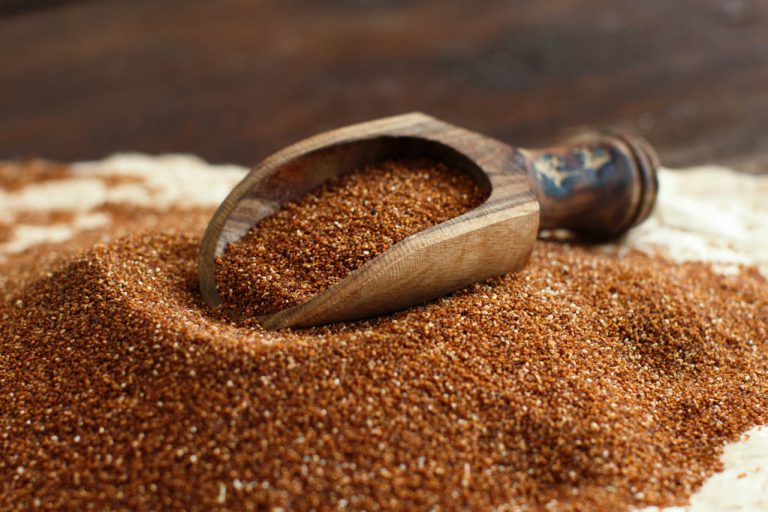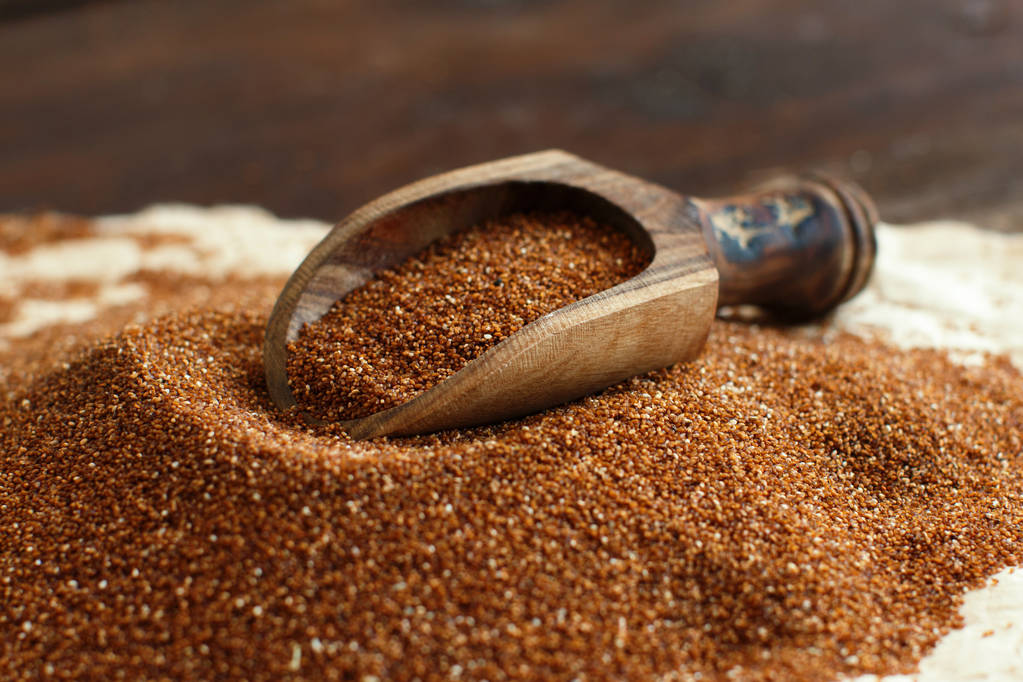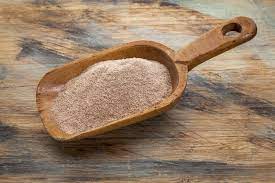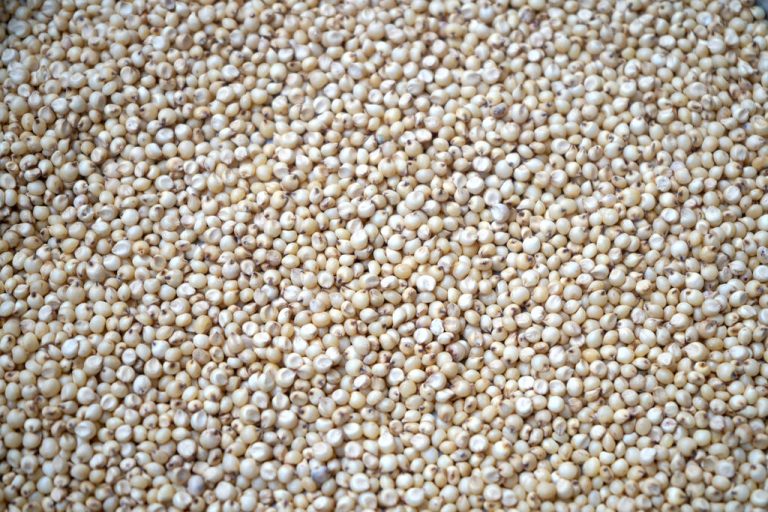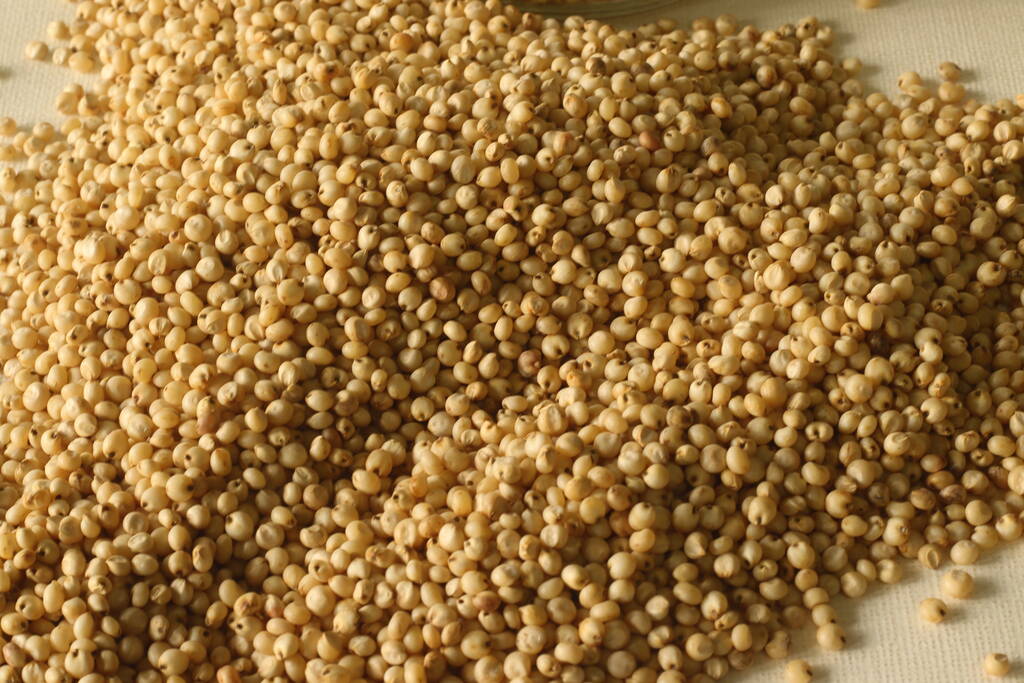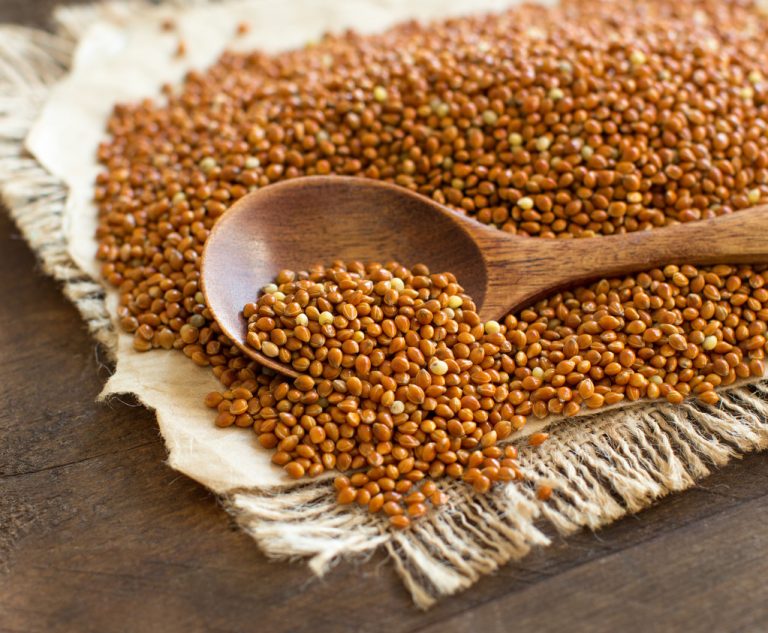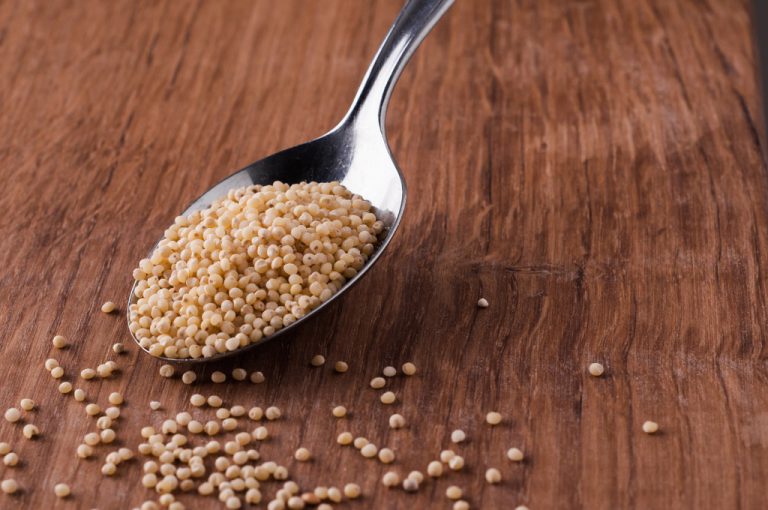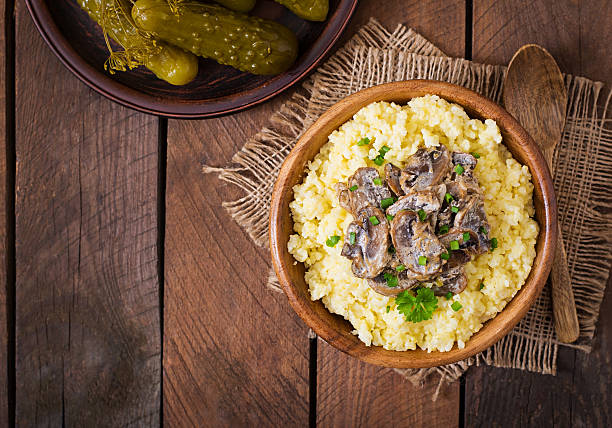Introduction: Traditional Grains in Zimbabwe
Zimbabwe’s traditional grains, such as millet and sorghum, are an essential part of the country’s cuisine. These grains have been consumed for centuries and are still widely used today. They are more than just a source of staple food; they have significant cultural, nutritional, and economic importance.
Millet: A Staple in Zimbabwean Cuisine
Millet is a small, round grain that has a mild, nutty flavor. It is a staple food in Zimbabwean cuisine and is used to make porridge, bread, and beer. Millet porridge, also known as sadza, is a common dish in Zimbabwe, and it is usually served with a relish of vegetables or meat. Millet bread, known as mhanga, is a type of flatbread that is typically cooked on a hot, dry surface.
Millet is valued in Zimbabwean cuisine as it is drought-tolerant, making it an ideal crop for farmers in arid regions. Additionally, it is rich in protein, fiber, and other essential nutrients, making it a healthy food choice.
Sorghum: The Versatile Grain
Sorghum is another essential grain in Zimbabwean cuisine. It is used to make a range of dishes, including porridge, bread, and traditional beer. Sorghum beer, known as chibuku, is a popular drink in Zimbabwe and is made by fermenting sorghum and water. Sorghum porridge, also known as sadza, is another common dish served in Zimbabwe, and it is usually eaten with a relish of meat or vegetables.
Sorghum is also an important crop in Zimbabwe as it is drought-resistant and can be grown in areas with low rainfall. In addition, it is rich in dietary fiber, protein, and antioxidants, making it a nutritious food option.
Nutritional Value of Traditional Grains
Traditional grains like millet and sorghum are highly nutritious and rich in protein, fiber, and other essential nutrients. They are also gluten-free, making them a suitable alternative for people with gluten intolerance. In addition, these grains have a low glycemic index, which means they do not cause a rapid rise in blood sugar levels, making them an ideal food for people with diabetes.
The Role of Traditional Grains in Zimbabwean Culture
Traditional grains are an integral part of Zimbabwean culture. They are used in traditional ceremonies, such as weddings and funerals, and are also an essential ingredient in traditional beer. In addition, these grains have significant economic importance, as they are a source of income for farmers and the local economy.
Conclusion: Embracing the Richness of Traditional Grains
In conclusion, traditional grains like millet and sorghum are essential in Zimbabwean cuisine. They are highly nutritious, culturally significant, and have significant economic importance. As the world becomes more health-conscious, it is essential to embrace the richness of traditional grains and incorporate them into our diets. By doing so, we not only promote healthy eating habits but also support local farmers and economies.


